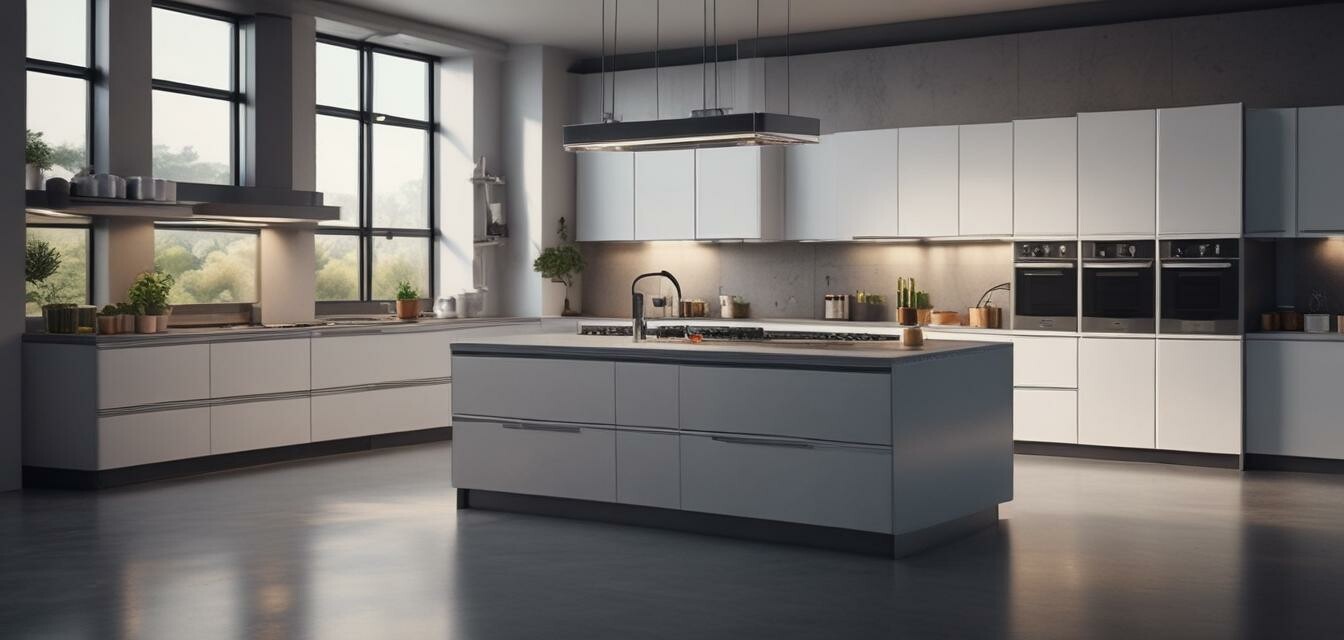
The Future of Kitchen Robotics: What’s coming in 2025?
Key Takeaways
- Kitchen robotics will enhance efficiency in meal preparation.
- Robots may automate tedious cooking tasks, making cooking accessible for everyone.
- Integration with smart home technology will streamline kitchen management.
- Incorporating sustainable practices will be a focus for kitchen robots.
- Innovations will include advanced AI for personalized cooking experiences.
The culinary world is on the brink of a revolution, with kitchen robots poised to transform how we cook and prepare meals. By 2025, we can expect a wave of innovative technologies aiming to make our cooking experiences easier, more efficient, and even fun. In this article, we’ll explore the exciting advancements in kitchen robotics and how they are set to change the landscape of meal preparation forever.
Innovations on the Horizon
As we dive into the future of kitchen robotics, we can highlight some areas where we anticipate groundbreaking changes:
1. Smart Cooking Assistants
Kitchen robotics in 2025 will likely include smart cooking assistants capable of:
- Providing real-time guidance during cooking.
- Adjusting temperatures and cooking times automatically.
- Suggesting recipes based on available ingredients.
2. Automated Meal Prep
Automated meal preparation will become a reality, reducing the time and effort needed to prepare meals. Some key aspects include:
- Robots that chop, slice, and dice ingredients.
- Devices that cook ingredients precisely and evenly.
- Integration with food delivery services for seamless ingredient sourcing.
Robotics Meets Smart Technology
Kitchen robots will not exist in isolation; they will integrate seamlessly with other smart home technologies. Consider the following:
- Voice-activated controls for hands-free operation.
- Apps that track dietary habits and suggest meals accordingly.
- Real-time kitchen management systems that monitor inventory levels.
Sustainability: A Key Factor
As we evolve toward more sustainable lifestyles, kitchen robotics will also adapt to meet these values. Expect innovations in:
- Energy-efficient appliances that consume less electricity.
- Sustainable sourcing and recycling methods for materials.
- Waste-reduction technologies that promote the use of leftovers.
Artificial Intelligence in the Kitchen
The use of artificial intelligence (AI) will take kitchen robotics to new heights by enhancing personalization. The potential features include:
- Understanding user preferences for tailored recipe suggestions.
- Learning from past cooking experiences to optimize processes.
- Adapting cooking techniques based on user feedback.
Challenges Ahead
As promising as these innovations are, there will be challenges to overcome:
- High initial costs may deter widespread adoption.
- Need for user education to maximize technology benefits.
- Ensuring safety in kitchens, especially around children.
Pros
- Increased efficiency and time-saving in meal preparation.
- Enhanced cooking accuracy and consistency.
- Ability to cater to dietary restrictions effectively.
- Less kitchen mess with automated cleaning options.
Cons
- Initial investment can be high.
- Dependency on technology could detract from traditional cooking.
- Requires regular updates and maintenance.
Conclusion
The future of kitchen robotics is bright and filled with exciting possibilities. By 2025, we will likely see innovations that not only enhance cooking efficiency but also promote sustainable practices and integrate seamlessly into our smart homes. As we anticipate these advancements, staying informed will allow us to be prepared for the amazing changes ahead.
Stay Updated on Kitchen Trends
For further exciting updates on high-tech kitchen appliances, explore our News and Trends section. You can also check out our Bluetooth-Enabled Devices or Energy-Efficient Appliances for the latest products in smart kitchen technology.